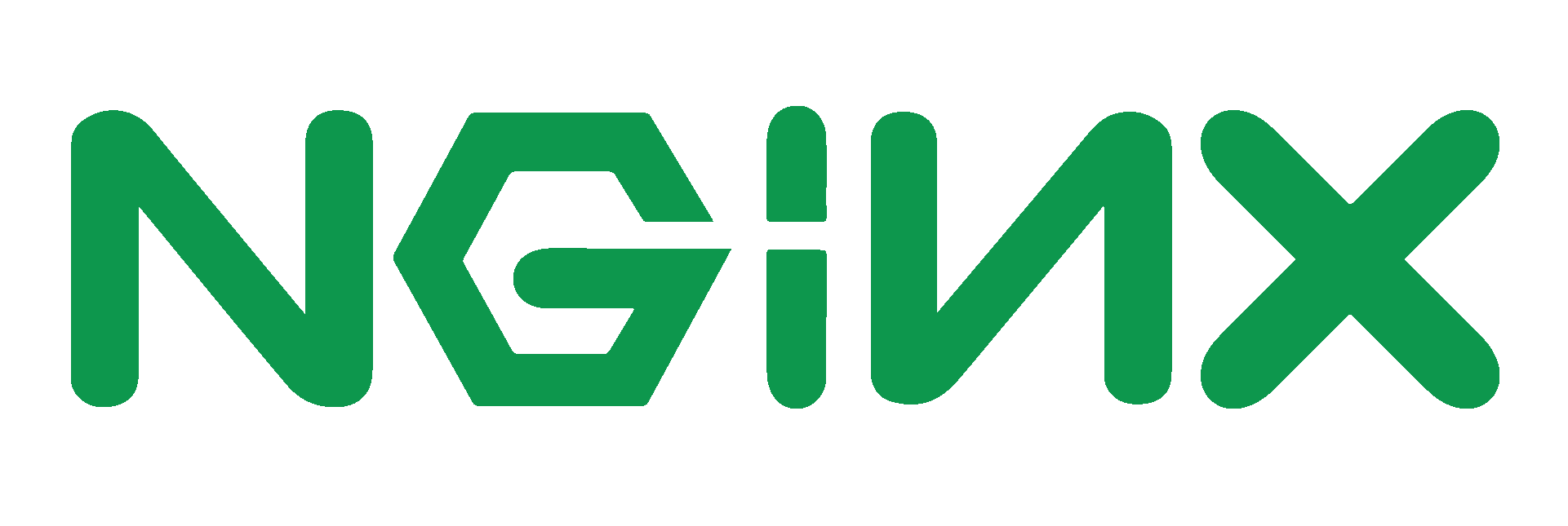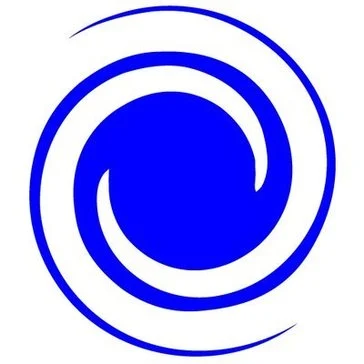The selection of a web server is a critical step in the development and deployment of an application. A web server hosts the application and often acts as the first line of defence against security threats. The decision should therefore be made with utmost care, considering many factors, including performance, security, scalability, and cost.
How Web Servers Work?
Before discussing Web Server Technologies, you should know how a Web Server works to serve your website or whatever is hosted on that particular server.
Let’s use our official “youstable.com” as an example to understand how web servers work regarding a website.

Domain Name System (DNS) Resolution: When you enter “youstable.com” in their web browser, the first step is DNS resolution.
The browser requests a DNS server to convert the domain name into an IP address. Once the IP address is obtained, the browser can connect to the associated server.

Client Request: The user’s web browser sends an HTTP request to the IP address associated with “youstable.com”.
This request includes information about the requested content (such as a specific webpage) and additional details like headers.

Server Identification: The web server hosting “youstable.com” receives the incoming request.
The server’s IP address is associated with multiple domain names on Shared Plans but if you are using VPS or Dedicated, then you might have only one website on that particular IP, and based on the request headers, it identifies that the request is intended for “youstable.com.”

Content Retrieval and Generation: The web server retrieves the required files or generates the dynamic content hosted on the server. This could be HTML files, images, CSS stylesheets, JavaScript scripts, or other files necessary to show the webpage.

Browser Rendering: The web server sends the HTTP response back to the user’s web browser using the established connection, and the user’s browser receives the HTTP response to render the webpage. It processes HTML to create the page structure, fetches external resources (stylesheets, scripts, images), and presents the final rendered webpage to the user.
Fun Fact: Web technology completes all these process within friction of a second so its hard to watch these requests without using any third party Halting Tool.
Top 15 Web Server Technologies
Above I have explained how these Web Servers perform while you browsing any website or watching any YouTube videos, Let’s dive into available technologies and understand their pros and cons…

- Apache HTTP Server (FREE): Control Panels like cPanel, DirectAdmin and Plesk use Apache web server by default because this is one of the most widely used and established web servers. It’s open-source and supports a wide range of features and modules.

- Nginx (FREE): After Apache, NGINX is known for its high performance, it is often used as a reverse proxy server and for load balancing. It’s designed to handle a large number of concurrent connections efficiently.
You could say NGINX is a priority for developers or server admins to host any website or application for its capabilities.

- LiteSpeed Web Server (FREEMIUM): Known for its speed and efficiency, LiteSpeed is often used to accelerate PHP-based websites and provides a range of features for high-performance hosting.
LiteSpeed has 2 different types of Web Servers, One is entirely free and available as OpenLiteSpeed and the Second one requires an Enterprise License, and it comes with lots of features that enable you to optimise the web server as per your needs.

- Microsoft IIS (FREE): Developed by Microsoft, IIS is commonly used on Windows servers and integrates well with Microsoft technologies. Developers working on ASP.NET technology use IIS as their primary Web Server.

- Caddy (OpenSource): Caddy is a modern web server and reverses proxy designed to be simple to set up and configure while offering powerful features. It stands out for its user-friendly approach, automatic HTTPS setup, and focus on providing website administrators and developers a smooth and seamless experience.

- Lighttpd (Lighty – OpenSource): Lighttpd (pronounced “lighty”) is a lightweight and efficient open-source web server that is designed to be fast, scalable, and resource-friendly. It’s well-suited for serving static content, handling low to moderate traffic websites, and conserving system resources.

- Cherokee (OpenSource): Cherokee is a Web Server and application server software that aims to provide an intuitive and user-friendly interface for configuring and managing web hosting environments. It focuses on ease of use, performance, and flexibility, making it an attractive choice for users who prefer a graphical user interface (GUI) to configure their server settings.

- Hiawatha (OpenSource): designed to balance simplicity, security, and performance. It focuses on security features and ease of use, making it suitable for hosting static websites, blogs, and other simple web applications.

- Tomcat (OpenSource): Apache Tomcat, often referred to simply as “Tomcat,” is an application server that is designed to implement the Java Servlet, JavaServer Pages (JSP), and Java WebSocket technologies. It serves as a platform for running Java-based web applications and providing a Java EE (Enterprise Edition) runtime environment.

- Abyss (Freemium): Developed by Aprelium Technologies Abyss Web Server is a lightweight and easy-to-use software. It is designed to provide a simple yet powerful solution for hosting websites and web applications on various platforms. The server is prevalent for its efficiency, ease of configuration, and support for modern web technologies.

- Zeus Web Server (Freemium): Originally developed by Zeus Technology named ZXTM, this server was known for its scalability and advanced load-balancing capabilities.

- Tengine (OpenSource): It was developed by the team at Taobao, the large online marketplace operated by Alibaba Group in China. Tengine is designed to address some of the scalability and performance needs specific to high-traffic and resource-intensive websites like Taobao. Since its inception, Tengine has been adopted by various other platforms that require high concurrency, stability, and performance.

- H2O (OpenSource): Designed with a focus on performance and modern web standards. Developed by Kazuho Oku and contributors, H2O aims to provide high throughput with low latency, making it well-suited for serving static files, reverse proxying, HTTP/2 and HTTP/3 support, among other features.